Establishing a new human colony on another planet provides a chance to experiment with novel concepts. More significantly, it’s a chance to learn from humanity’s previous blunders in habitat construction.
Even though we have yet to dominate the moon or even our seas, some individuals are already considering Mars as a backup Earth.
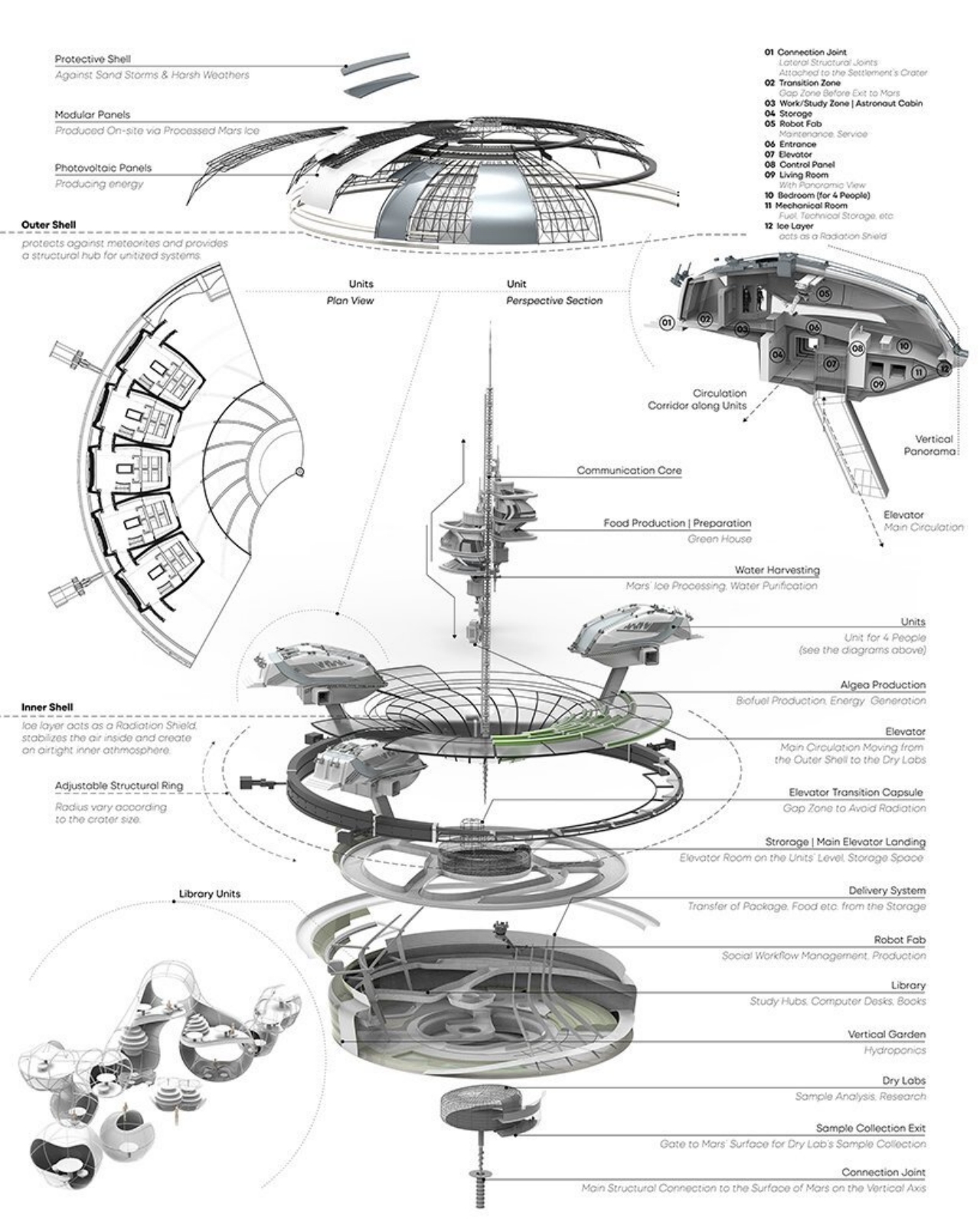
Of course, the planet is now barren, but there is no idea about making human existence viable on Mars. Some concepts include extreme terraforming, while others attempt to keep alterations inside enclosed buildings to a minimum.
One proposal in particular attempts to avoid repeating past mistakes by using Mars’ natural terrain rather than going against it.
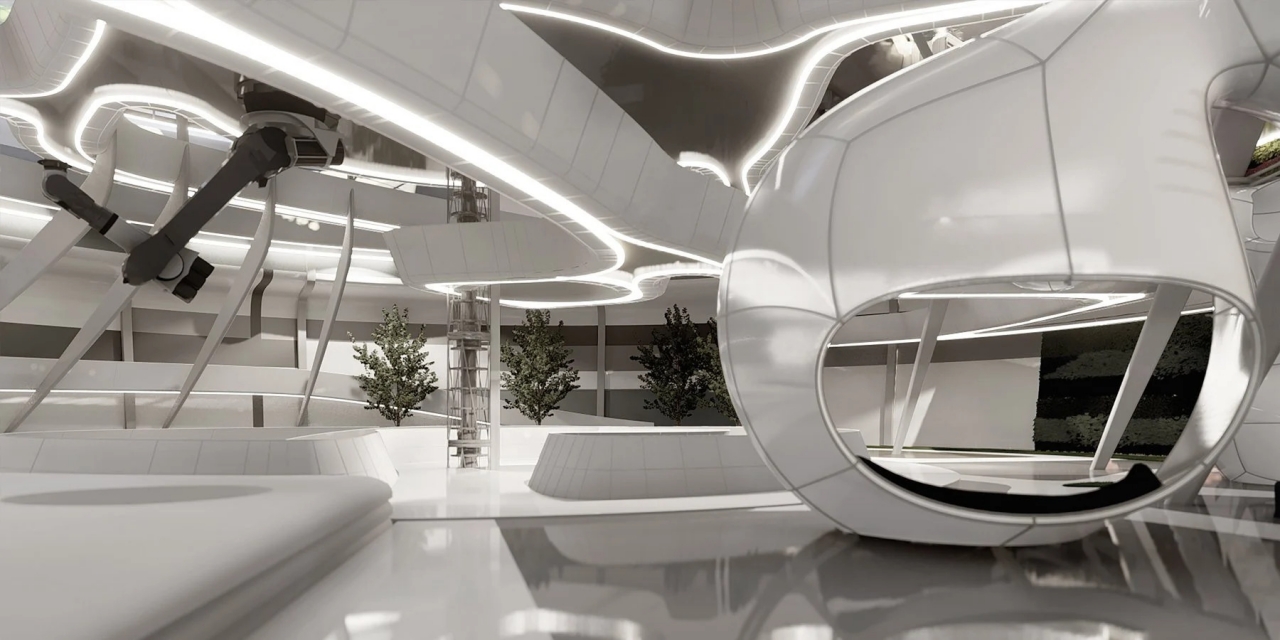
Burak Celik, Naz Kaplan, and Zeynep Ege Odabasi designed it.
Of course, we can’t blame our forefathers for not knowing better, but that’s also why we must be careful not to repeat the same errors while attempting to expand our civilization’s reach to other worlds.
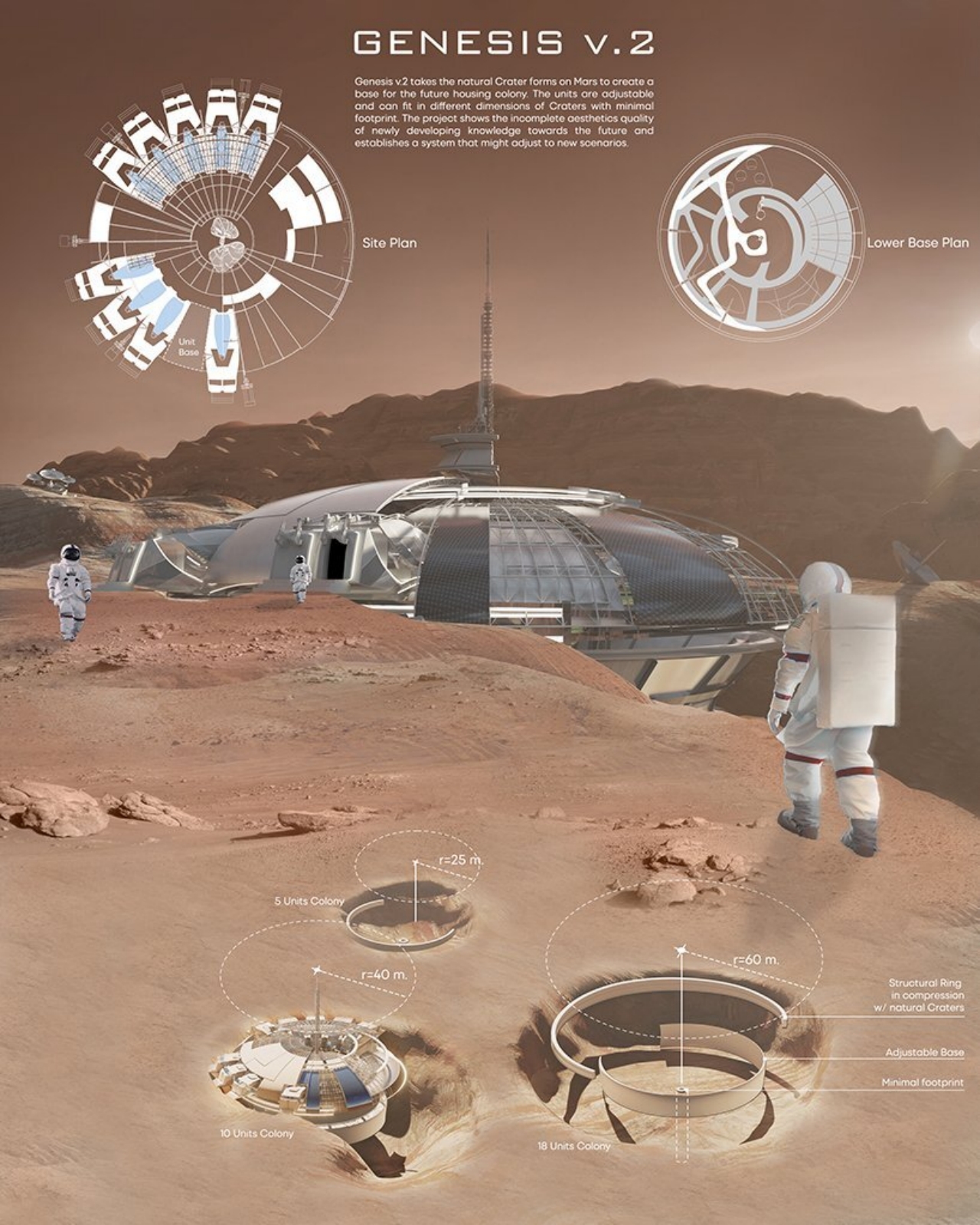
This architectural design idea is less concerned with the technology that will enable human, animal, and plant life and more concerned with ensuring that we do not alter the face of our new home as we did the previous one.
The donut-shaped settlement, in particular, is intended to make use of the Martian terrain rather than attempting to adapt it to our purposes.

The Genesis v.2 prototypes is intended to sit on the rims of craters rather than on more flat areas, which may be scarce on Mars.
This has two benefits. The first is that the colony may genuinely defend itself from radiation without needing to dig other tunnels on the planet’s already ravaged surface.
It provides a chance to get off to a good start with sustainable buildings, guaranteeing that Mars will outlive our planet.
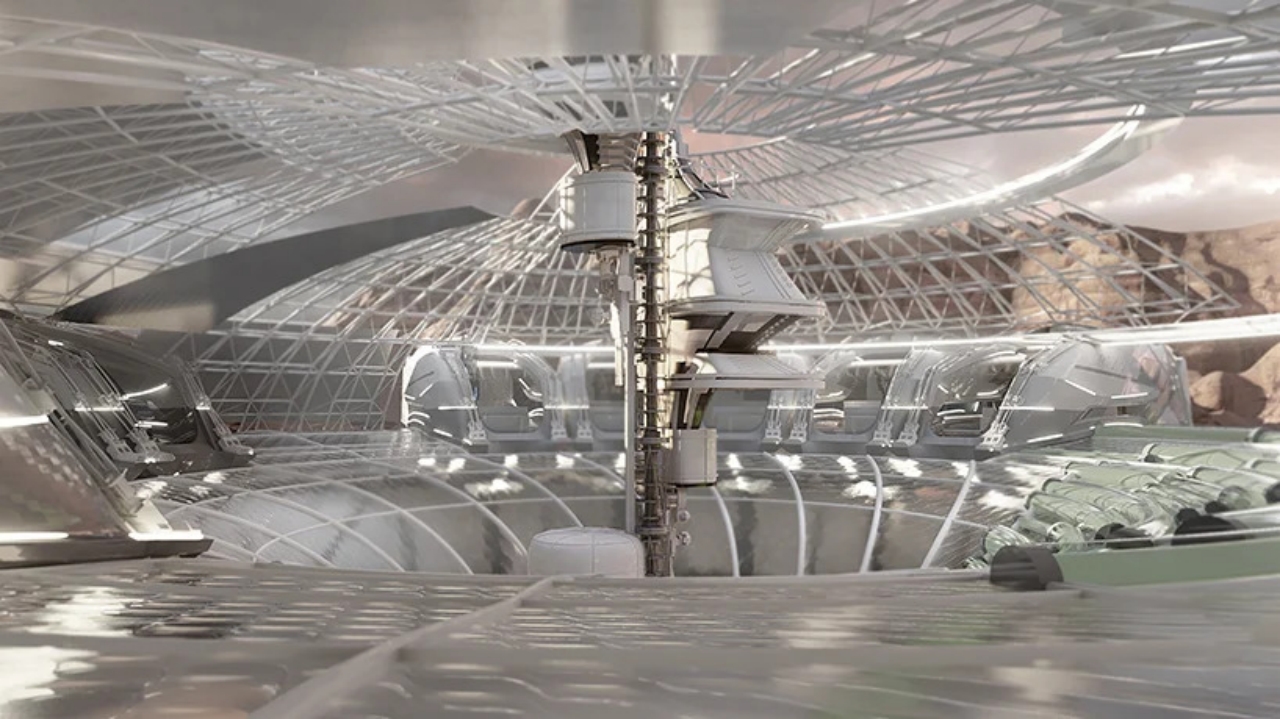
The design of Genesis v.2 is, on the other hand, adaptable and relocatable so that extending the population does not need the establishment of another colony.
For one thing, the ring’s radius may be increased to accommodate additional units. However, if required, the center production and circulation tower might be shifted to a different crater that can sustain a larger ring.
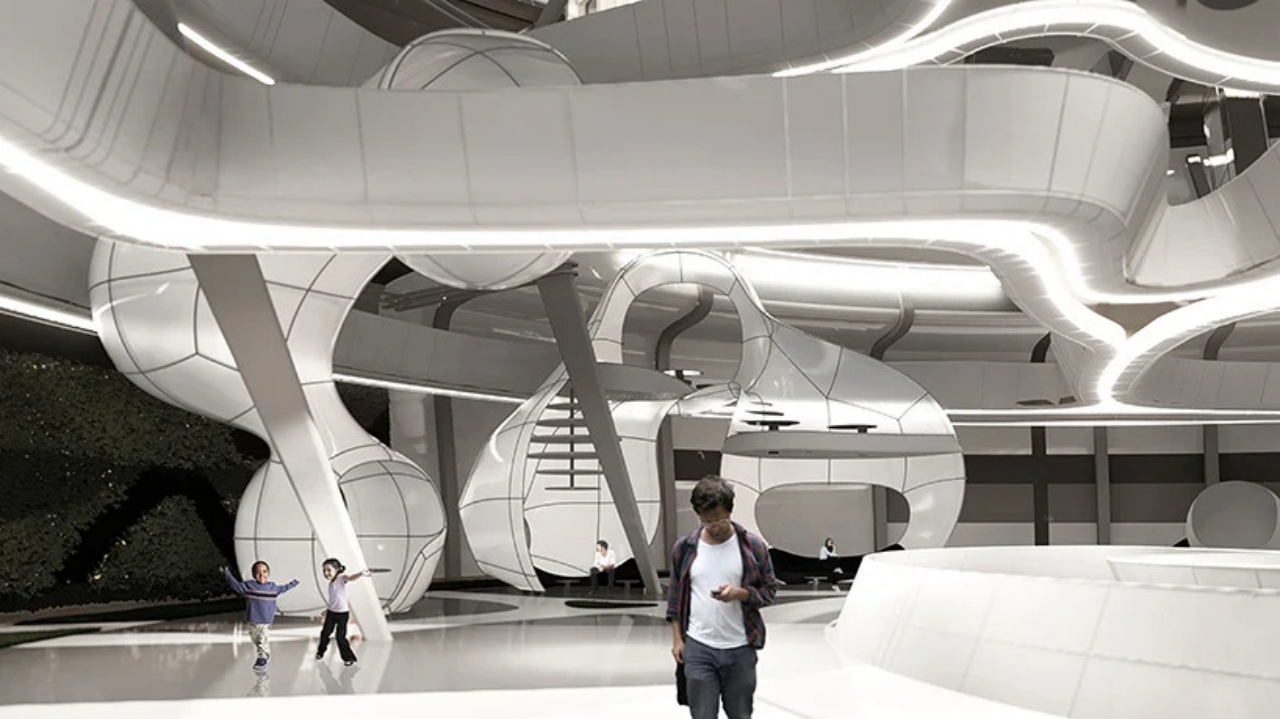
The predominantly white design of the home prototype gives off futuristic sensations on the inside, with the pristine and blemish-free walls contrasting dramatically with the red, desolate wastelands outside.
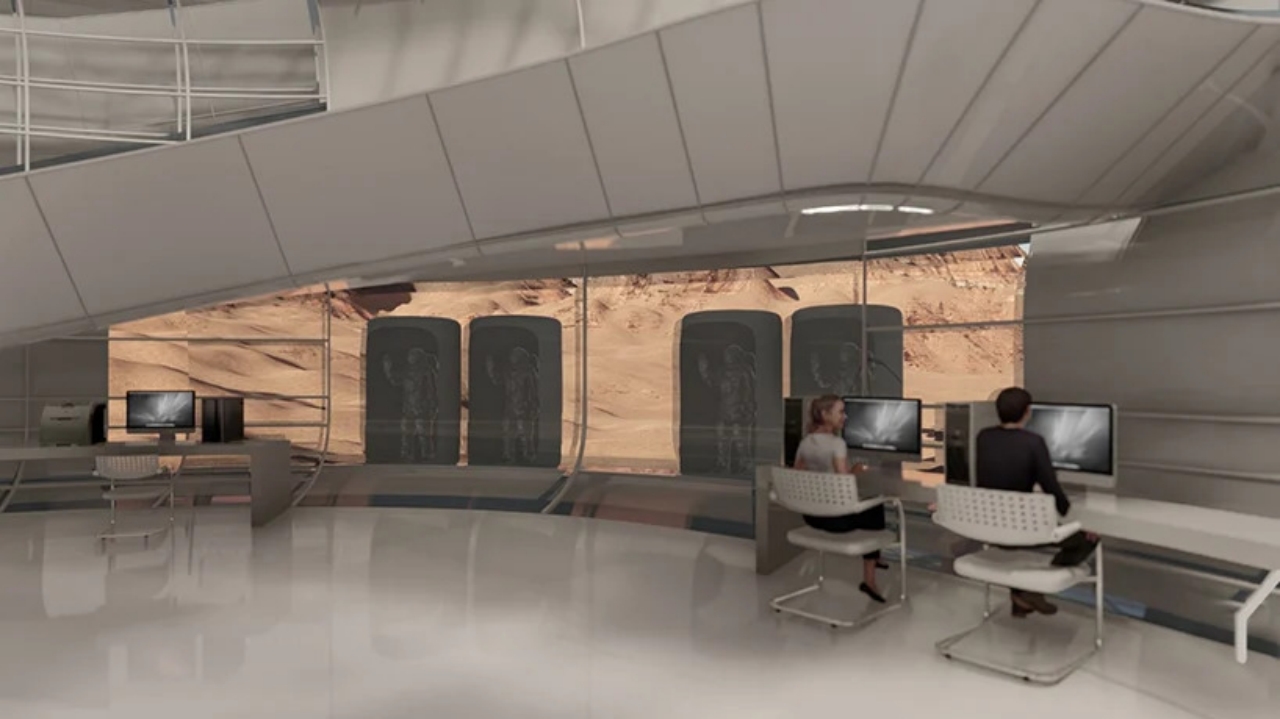
From the outside, Genesis v.2 seems unfinished, but this is a deliberate design decision meant to depict and remind us of humanity’s constantly inadequate understanding, notably when founding a colony on an alien planet.
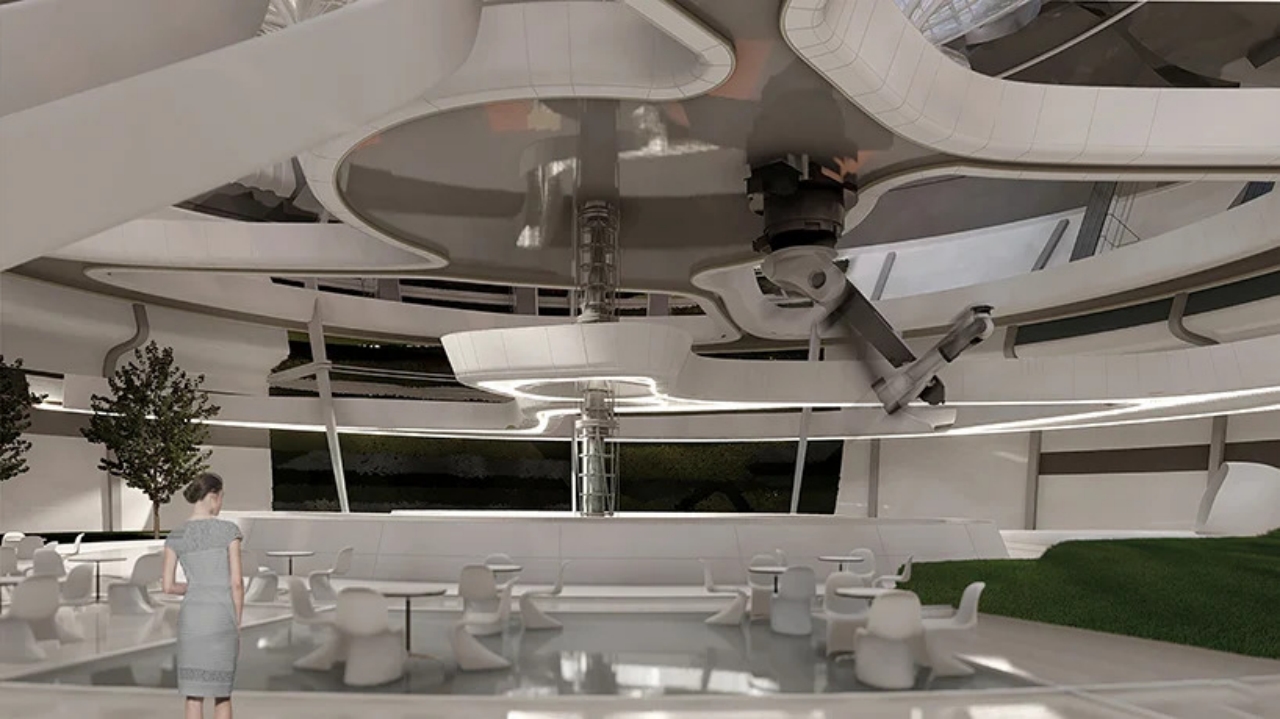

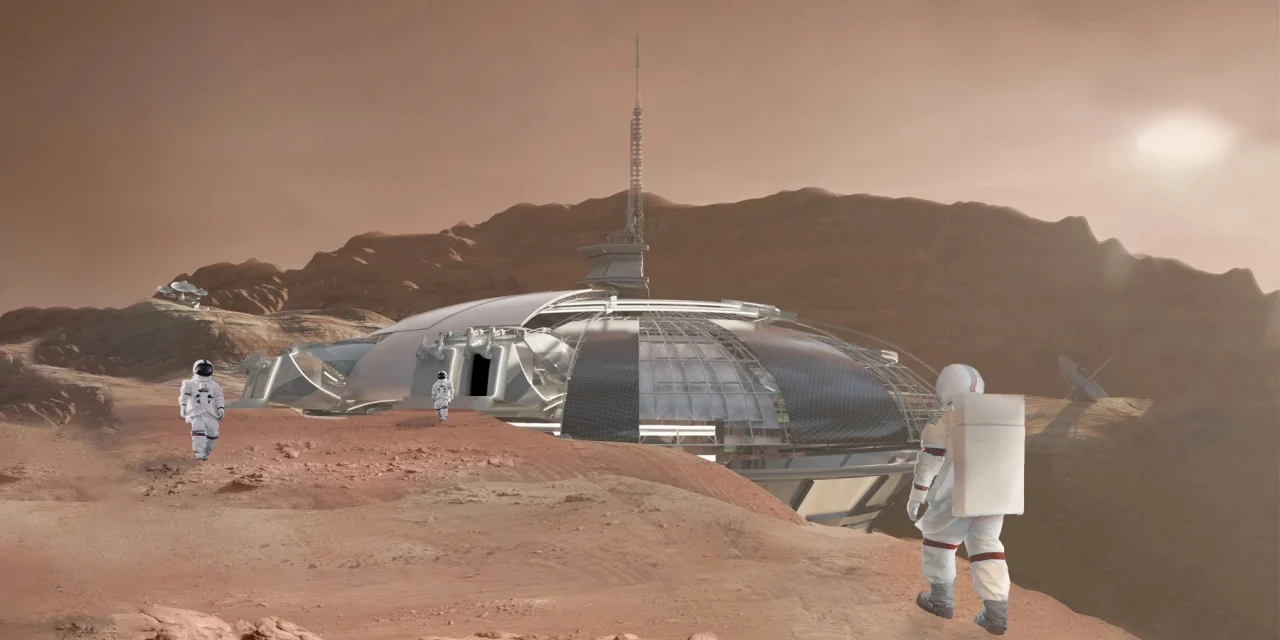

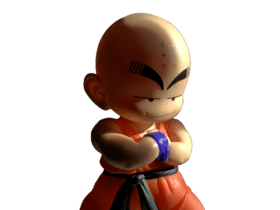

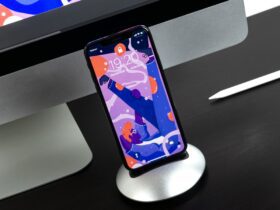


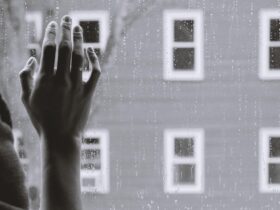
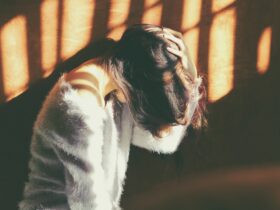
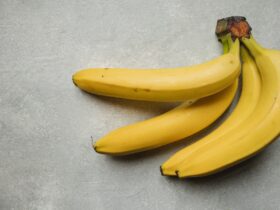

Leave a Reply